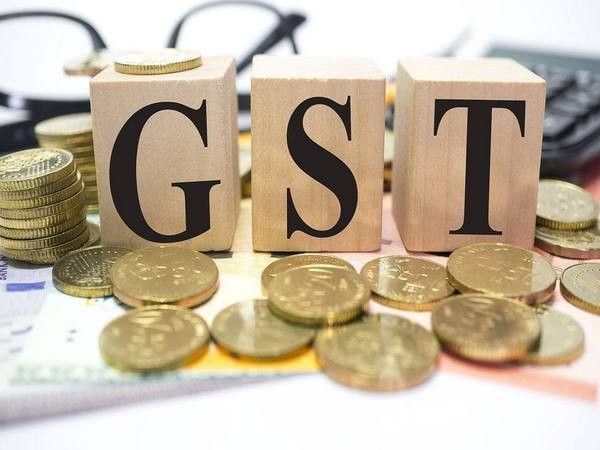
Focus on increasing domestic use of methanol
- जून 14, 2023
- 0
The Center may shelve its plan as the government refocuses its strategy around the alternative fuel. Promising results on research into methanol-based petrol production at scale is the latest trigger behind the move.
State-run Oil India (OIL) is running ‘advanced-level’ tests, and the results are promising.
Growing internal demand projections and increasing consumer appetite for newer alternative fuels have prompted the government again consider methanol as a credible plant-based fuel.
Methanol is a low-carbon, hydrogen-carrier fuel produced from high ash coal, agricultural residue and CO2 from thermal power plants and natural gas.
Under its ‘Methanol Economy’ roadmap, the NITI Aayog has said it is the best pathway for meeting India’s commitment to COP 21. NITI has argued for the introduction of M15 petrol – a 15 per cent blend of methanol with petrol.
Although slightly lower in energy content than petrol and diesel, methanol can replace both these fuels in the transport and energy sectors, comprising diesel generator sets, boilers process heating modules, tractors and commercial vehicles.
Methanol is especially in focus for retail cooking use, partially replacing LPG, kerosene and wood charcoal. Blending of 15 per cent methanol in gasoline can result in at least 15 per cent reduction in the import of gasoline and crude oil. In addition, this would bring down greenhouse gases emissions by 20 per cent in terms of particulate matter, nitrogen oxide, and sulphur oxide, thereby improving the urban air quality.
The calorific value of methanol is lower than ethanol; so 1.28 liters of methanol is required to produce as much energy as a litre of ethanol. However, methanol can also be the cheapest fuel for India. Its production from coal had been flagged as the most economically-viable option available to the country.
मेथनाॅल का घरेलू इस्तेमाल बढ़ाने पर ध्यान
केंद्र एक बार फिर वैकल्पिक ईंधन की रणनीति की ओर ध्यान केंद्रित कर रहा है। मेथनॉल पर आधारित पेट्रोल उत्पादन पर हुए शोध के उत्साहजनक परिणाम को देखते हुए सरकार अब अपनी रणनीति पर पुनर्विचार कर रही है।
असम स्थित सरकारी तेल विपणन कंपनी ऑयल इंडिया लिमिटेड (OIL) इस विषय पर अंतिम चरण के परीक्षण कर रही है और परिणाम उत्साहजनक हैं।
घरेलू मांग बढ़ने के अनुमान और नए वैकल्पिक ईंधन की ओर ग्राहकों के रुझान की वजह से भी सरकार मेथनॉल को विश्वसनीय पौध आधारित ईंधन के रूप में देख रही है।
मेथनॉल कम कार्बन, हाइड्रोजन कैरियर ईंधन है, जिसका उत्पादन हाई ऐश कोल, कृषि अवशिष्ट, ताप बिजली घरों से मिलने वाले कार्बनडाई ऑक्साइड और प्राकृतिक गैस से होता है।
मेथनॉल इकनॉमी खाके के तहत नीति आयोग ने कहा था कि सीओपी-21 की भारत की प्रतिबद्धता हासिल करने के लिए यह बेहतर राह है और एम15 पेट्रोल या 15 प्रतिशत मेथनॉल मिश्रित पेट्रोल पेश करने का तर्क दिया था।
पेट्रोल और डीजल की तुलना में ऊर्जा की मात्रा कम होने के बावजूद परिवहन के क्षेत्र, डीजल जेनरेटर सेट इस्तेमाल वाले ऊर्जा क्षेत्र, बॉयलर, प्रॉसेस हीटिंग मॉड्यूल्स, ट्रैक्टरों और कमर्शियल वाहनों में मेथनॉल इन दोनों ईंधनों की जगह ले सकता है।
खाना पकाने में मेथनॉल के इस्तेमाल पर विशेष ध्यान है, जो एलपीजी केरोसिन और वुड चारकोल की जगह ले सकता है। पेट्रोल में 15 प्रतिशत मेथनॉल मिलाने से पेट्रोल और कच्चे तेल के आयात में कम से कम 15 प्रतिशत कमी आ सकती है। इसके साथ ही इससे ग्रीनहाउस गैस का उत्सर्जन कम होगा। पार्टिकुलेट मैटर, नाइट्रोजन ऑक्साइड और सल्फर ऑक्साइड के हिसाब से उत्सर्जन में 20 प्रतिशत कमी आएगी और इससे शहरों में हवा की गुणवत्ता में सुधार होगा।
नीति आयोग ने कहा है कि मेथनॉल की कैलोरिफिक वैल्यू एथनॉल से कम है, इसलिए एक लीटर एथनॉल जितनी ऊर्जा उत्पन्न करने के लिए 1.28 लीटर मेथनॉल की जरूरत होगी। बहरहाल एक वरिष्ठ अधिकारी ने कहा कि मेथनॉल भारत के लिए सबसे सस्ता ईंधन बन सकता है। कोयले से इसका उत्पादन देश में उपलब्ध सबसे व्यावहारिक विकल्प है।
[/vc_column_text][/vc_column][/vc_row]
































































